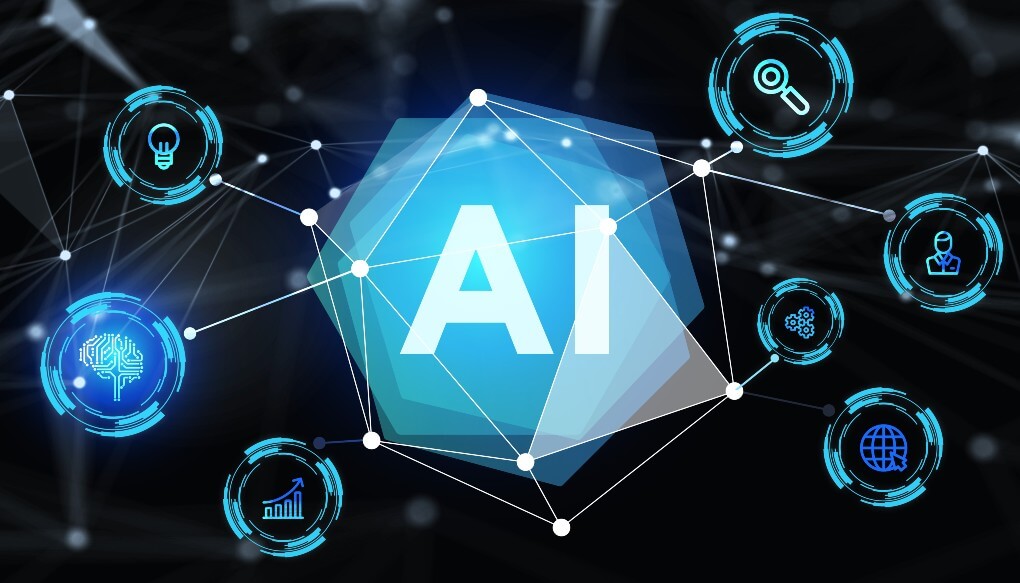Over the last decade, enterprises have transformed the way they build, deploy, manage, and maintain IT services and software. The ever-increasing wave of digitisation shows no signs of abating in 2021 either. The COVID-19 pandemic will accelerate digital transformation. This IT blog lists six IT operations trends for 2021.
1. Increased Innovation in the Cloud Space
The consumption of cloud services will increase in 2021, as work from home and telecommuting become the norm. Amazon has extended work from home until June 2021. Many companies allow employees to work from home on a few days a week, permanently.
As enterprises seek to move their software to the cloud to facilitate remote work, cloud service providers offer innovative plans and packages to cater to the surge. The following will become commonplace in 2021:
- Hybrid offerings: The hybrid cloud model is growing in popularity as it delivers the best of public and private clouds. Under the hybrid cloud model, enterprises run workloads containing sensitive data within their exclusive data centres, which may be on-premises or private cloud. They host other non-sensitive data in the public cloud. The cloud service provider manages the infrastructure. The hybrid set-up is especially handy for workloads that cannot move to remote servers owing to security, latency, and compliance issues.
- Pay-as-you-go Infrastructure: The cloud model is expanding into the infrastructure space. Infrastructure-as-a-service allows users to pay only for the technology consumed. The provider offers ready buffer capacity when needed, and adjusts payments up or down as per usage. The packages gaining traction include Cisco Open Pay, Dell Flex on Demand, HPE GreenLake, and Lenovo TruScale.
- Containerisation: Container orchestration engines such as Apache Mesos, Docker Swarm, and Kubernetes enable running software consistently across any cloud environment. Enterprises use these services to deploy cloud-native services with a consistent management framework, high portability, fast release velocity, and better operational control.
2. Increased Fragmentation of the Cloud Space
CIOs seek the best cloud environment that optimises performance and cost, for each workload. But this fragments the cloud space. In 2019, 84% of IT leaders used five cloud providers. These providers offer near-infinite services and product categories. AWS, the most popular provider, has 170+ unique services across 23 product categories. In 2021, CIOs will grapple with thousands of SKU’s to select the right instance type for each workload. They will strive to make the right trade-off among architecture, demand, performance, resilience, and cost.
The various cloud instance types and pricing models increase complexity. Enterprises rely on FinOps to budget their cloud spend better and optimise cloud costs. FinOps bring together best practices and offer optimal procurement models. It enables enterprises to attribute cloud ROI by making explicit the costs across technology, finance, and business teams.
CIOs will find third-party and open source monitoring tools such as Prometheus/Graphite, and Grafana handy to select the best cloud instance types, among the various available options.
3. The Surging Popularity of Agile and DevOps

Changes in the economy, owing to COVID-19 and other reasons, have made many business models unviable. These businesses have no option but to innovate their way out of the crisis. They embrace agile and DevOps as the Holy Grail of survival.
In 2021, IT will continue to focus on reliability, resilience, security, and efficiency. But they will also pay more attention to release velocity, continuous improvement, and customer-centricity. Success will become increasingly dependent on releasing products fast, in short, sharp sprints. Long-drawn out projects will go out of favour.
Agile offers a competitive advantage during uncertain times. Agile enterprises create dense networks of local teams, with accountable roles. These teams strive to embed new technologies to existing ways of work seamlessly, without forcing disruption.
4. Increased Focus on Network Security and Crisis-Recovery
The sudden and forced work-from-home mandates in 2020 have compromised network security big time. A major focus for the IT team in 2021 will be to secure the network under the changed realities.
- The decentralisation of operations, with employees accessing resources outside the physical office, overwhelms network security. The increasing number of unsecured IoT devices opens up a point of entry for attackers. A single unprotected endpoint may compromise the entire network. Worse, the quantum of sensitive data stored in unsecured endpoints has increased by 41% since employees started to work from home in 2020.
- The danger of ransomware is increasing. In 2021 businesses will fall victim to a ransomware attack every 11 seconds. The corresponding figure in 2019 was 14 seconds. The cost of ransomware to businesses will top $20 billion in 2021.
- Cloud Jacking, or hijacking the enterprise cloud infrastructure using automated exploit scripts, is a new menace facing enterprises. Misconfigurations drive most cloud-jacking incidents.
- The rise of 5G networks increases the risk of large-scale DDoS attacks.
In 2021, CIOs will be busy making plans to overcome data breaches, ransomware attacks, natural disasters, and other contingencies. With traditional perimeter protection no longer effective, they seek alternative methods to secure networks. Enterprises with large budgets will increase their investment in network monitoring and data encryption.
Crisis recovery plans will get more attention, as enterprises seek to withstand external shocks. Data backups and disaster recovery solutions are growing in popularity, as part of comprehensive business continuity plans.
CIOs will apply data visualisation tools for what-if scenarios and take prompt countermeasures if they see a crisis brewing.
5. The Rise of AI-Ops
Many businesses suffer huge damages in cost and reputation through unforeseen IT incidents and outages. A single outage costs $260,000 an hour, on average. Instances of outrages increase as digitisation and web traffic rise.
CIOs look to automation and Artificial Intelligence for solutions. AI allows rapid pattern recognition, seamless incident collaboration, and faster issue resolution. AIOps, the combination of machine learning and data science, integrates these into a comprehensive tool. It converts a siloed and reactive response to a proactive and preventive incident management response.
AIOps solutions monitor and analyse traffic from endpoints. It automates the detection, diagnosis, and response to IT anomalies in real-time. Machine Learning suppresses duplicate and noisy alerts, speed up root cause analysis, and alert service teams.
IBM’s Watson AIOps, built on Red Hat OpenShift, uses AI to detect, diagnose, and respond to anomalies in real-time. Watson AIOps runs across any cloud and collaborates with a partner ecosystem. It collaborates with distributed work technologies such as Box and Slack, and with traditional IT monitoring solutions, such as Mattermost and ServiceNow.
Downtimes for scheduled maintenance are no longer an option in today’s hyper-fast business environment. Today’s customers wait just three seconds before moving on to another site. More enterprises will embrace AIOps for automated infrastructure maintenance and deployment. By 2024, enterprises using AI will respond to their customers 50% faster.
6. Tackling Skill Shortage
The skill shortage, which plagued IT in 2019 and 2020, will continue unabated in 2021. In fact, with rapid, disruptive changes necessitating new skills, the skill shortages will worsen. Enterprises will seek ways to re-skill their workforce and carry out digital transformation.
30% of IT roles involving emerging technology skills will remain unfilled through 2022. 94% of IT decision-makers face difficulty in hiring DevOps professionals, cloud-native developers, and multi-cloud operators.
The widespread adoption of AIOps depends on the availability of professionals adept with advanced statistical techniques and proficient in combining data-driven insights with human intuition.
In 2021, CIOs will invest in skills development programs to attract and retain employees. They will adopt a mix of internal skill-development programs, hands-on learning, and formal training through external providers to overcome the skills gap.
IT will develop to become better, faster, and cheaper in 2021. IT teams will expand their frontiers, and do more with less.











